


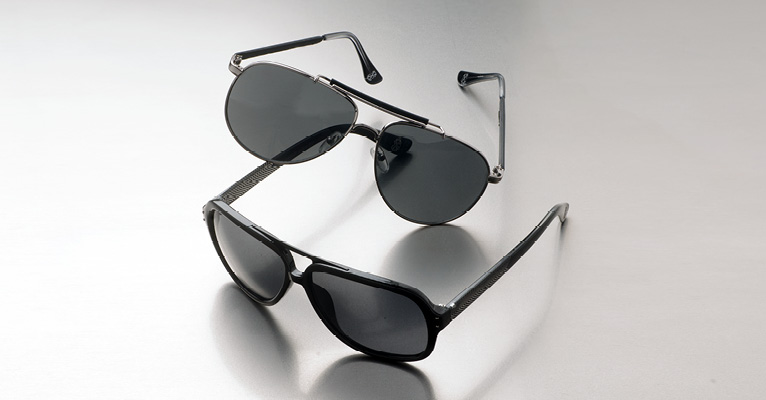

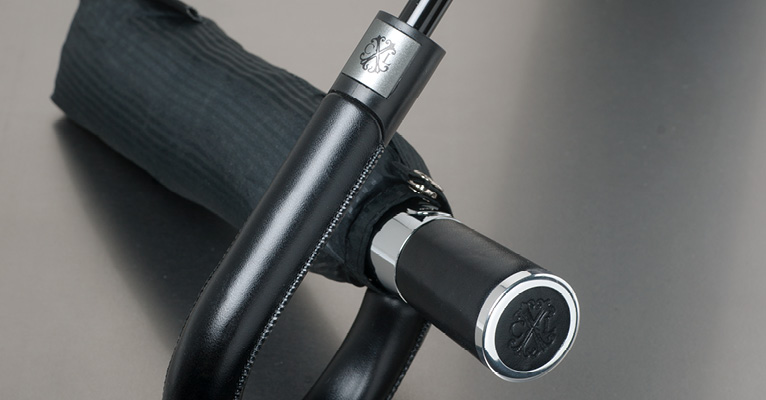
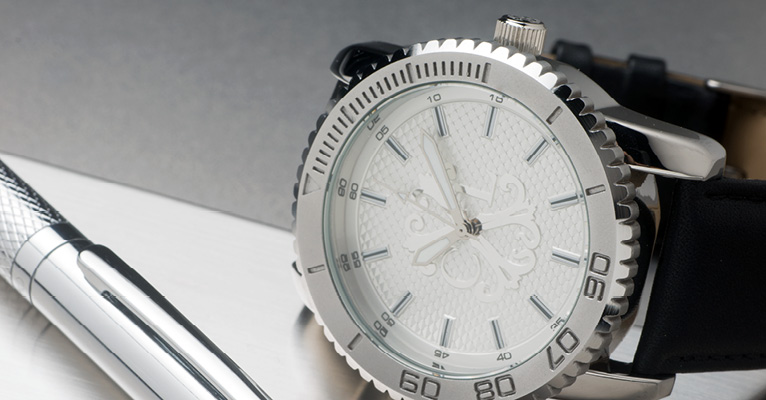

Since the creation of the fashion house in 1987 by LVMH, Christian Lacroix, its then Artistic Director, lays the foundation for a colorful and exuberant baroque unique style, rooted in his birthplace of the city of Arles. Its Hispanic inspirations, colors, innovative forms borrowed from theatrical make a sensation and are a breath of freshness in the fashion circles. Quickly, his creations, like the skirt “poof” are carried by the biggest international stars, including Madonna, Julianne Moore or Uma Thurman. Collections are presented around the world and the most influential writers of the fashion support them.
The house took off with the first collections of ready-to-wear in 1988, which included the codes and inspirations of Haute Couture, and with the launch of perfumes and accessories. Store openings followed and fueled the brand to development and international influence.
Successive lines of more contemporary ready -to-wear, Bazar and Christian Lacroix Jeans, were driven by an approach of more daily collections with the launch of perfumes in harmony with these collections.
Today, under a new artistic direction since 2010, the Christian Lacroix brand is sold in more than 5500 selective outlets worldwide, with collections of products as varied as men’s ready-to-wear, which is developing with success and with a strong identity, and diversified collections of products such as leather goods, watches, jewellery, sunglasses, scarves, ties and fragrance. In the world of Home decor with collections of upholstery fabric, wallpapers, cushions, rugs, porcelain tableware, notebooks and scented candles.
The Christian Lacroix brand subsists through timeless values. The result is a fabulously richly entwined universe, which can be continually reinterpreted, re-mixed and illuminated. The Christian Lacroix brand is fundamentally contemporary and dynamic.
A complete representation of the complete universe of products of the Christian Lacroix brand can be found in the store “mix and match” Place Saint Sulpice in Paris.




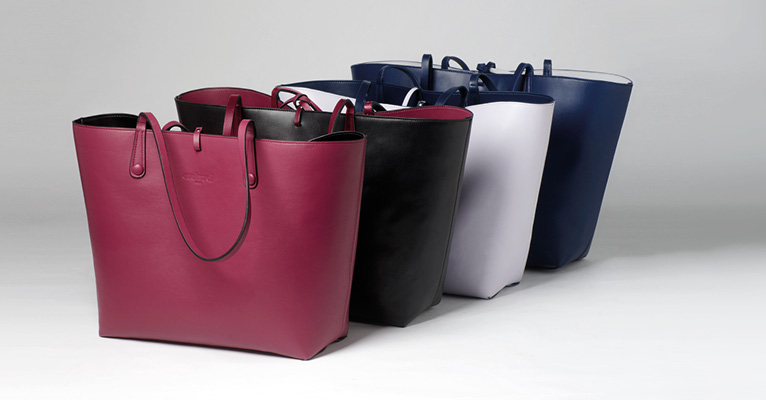
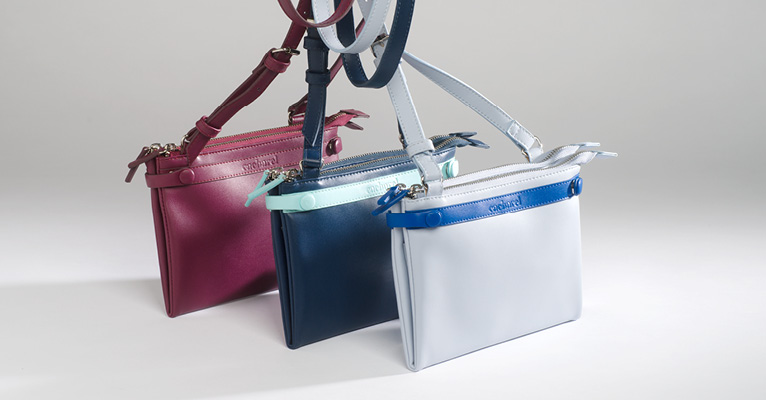
It all started in 1958 when Jean Bousquet, born in Nîmes, and just qualified as a tailor, came to Paris to launch a small business making women’s trousers. In March 1962, he named his society after a bird from the Camargue: “Jean Cacharel”, and the year after that he obtained his first great success when the photographer Peter Knapp took a picture of the now legendary crepe pink shirt that ended up on the cover of the magazine Elle. The shirt was then called “le Cacharel”.
Emmanuelle Khan and Corinne Sarrut are quickly hired to design the collections. In 1968, Sarah Moon, a young unknown photographer, met Jean Bousquet. It was the beginning of a happy collaboration strengthened with the arrival of publicist, Robert Delpire. The four of them give birth to the Cacharel universe: a romantic one, immortalized through unforgettable, poetic pictures.
In the late 60's Liberty blouses first appeared, and Cacharel have become a flourishing brand and benchmark of fashion since then, with Liberty dresses taking off in popularity among the 70's generation.
Having launched his first menswear, womenswear and childrenswear collections, and having been awarded the Oscar for exportation in 1969, Jean Bousquet diversified his activities by branching out into perfumery: Anaïs Anaïs, his first perfume, remains today one of the world’s best-selling fragrances; Loulou, Noa, Amor Amor and Scarlett will follow. The latest one came out this year: Amor Amor Forbidden Kiss.
At the beginning of 2000, Cacharel undertook a serious change to find again the creative energy of its beginnings:
the talented designers Clements-Ribeiro allowed Cacharel to participate to the Parisian Fashion Week and once again meet with success.
It was then the turn of English kings of prints Eley Kishimoto to draw the collections of the Tronchet House for three seasons. In 2009, the Belgian designer Cédric Charlier designed romantic collections with precise cuts for four seasons.
In November 2009, Cacharel signed a license contract with Italian Group AEFFE (Alberta Ferretti, Philosophy, Moschino, Pollini…), whereupon the French House, the strongest, really opened out internationally.
Nowadays Cacharel is sold in a network of multibrand stores and concept stores in France and worldwide (Barneys, Saks, Harvey Nichols, le Printemps...) as new designers Dawei Sun and Ling Liu present the new spring-summer 2012 collection and get back to the traditional house codes: freshness, romanticism and femininity.



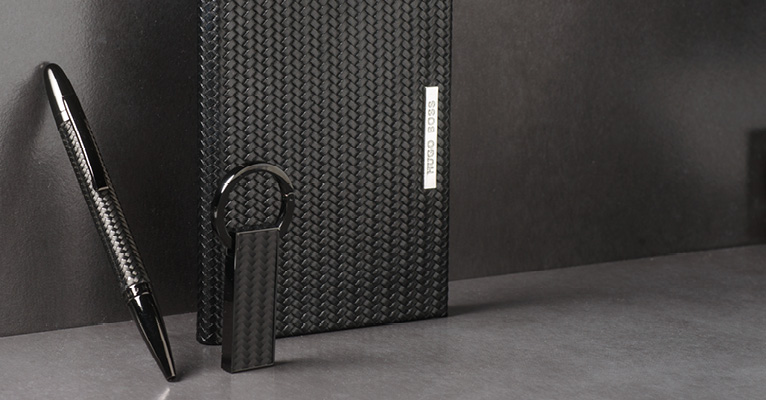

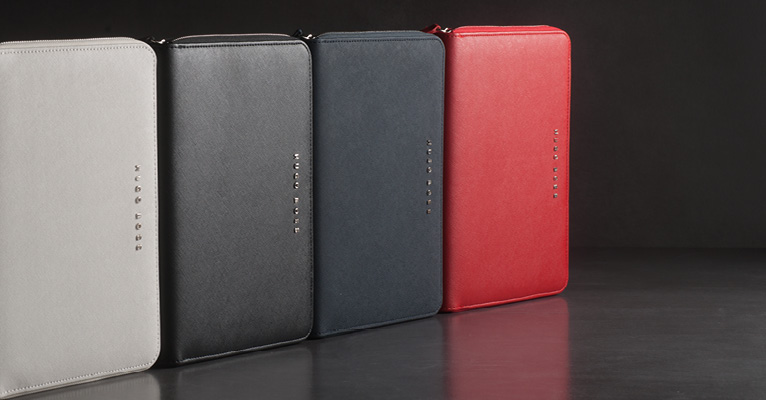

HUGO BOSS is one of the market leaders in the premium and luxury segment of the global apparel market. The Company focuses on the development and the marketing of premium fashion and accessories for men and women.
The brand world of HUGO BOSS comprises the collections of BOSS, BOSS Orange, BOSS Green and HUGO, targeting clearly defined consumer groups. The brands cover a comprehensive product range encompassing classic to modern apparel, elegant eveningwear and sportswear, shoes & leather accessories in all product ranges. Additionally licensed products including fragrances, eyewear, watches, children’s fashion, writing instruments & accessories, home textiles and mobile accessories enhance each brand.
HUGO BOSS leverages targeted marketing measures to raise the appeal of its brands. Sports sponsorship campaigns focus on premium sports such as Formula 1, golf, soccer and sailing. These sports convey brand values such as dynamism, perfection and precision.
In its art sponsorship activities, HUGO BOSS underscores the common ground that art and fashion share with respect to design, esthetics and creativity. A key initiative is the HUGO BOSS Prize honoring extraordinary creative talents in contemporary art. The prize has been awarded since 1996 in collaboration with the Guggenheim Museum in New York.
HUGO BOSS emphasizes high-profile fashion events in the world’s fashion capitals, raising the desirability and acceptance of the HUGO BOSS brands among key target groups, while adding emotional appeal to all HUGO BOSS brands.

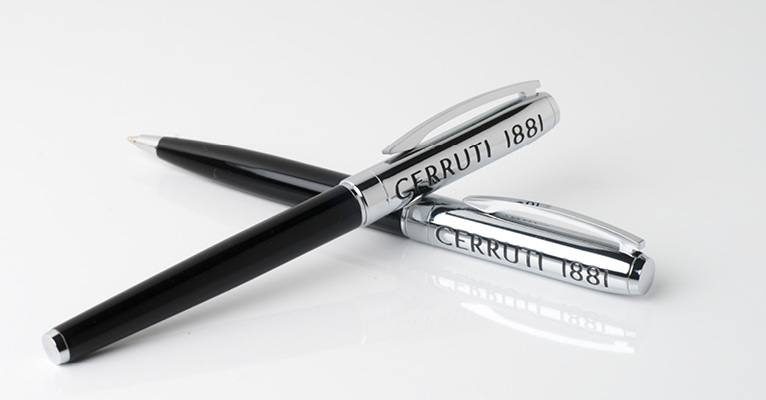
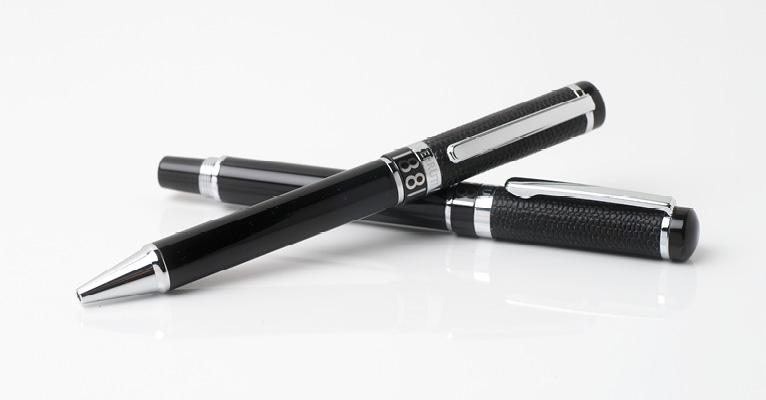
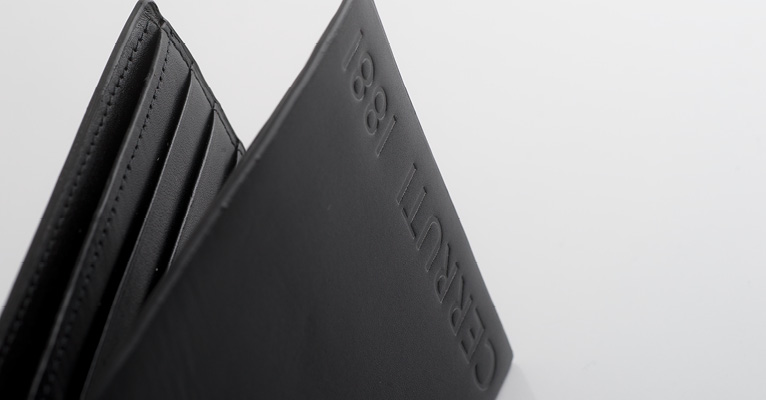
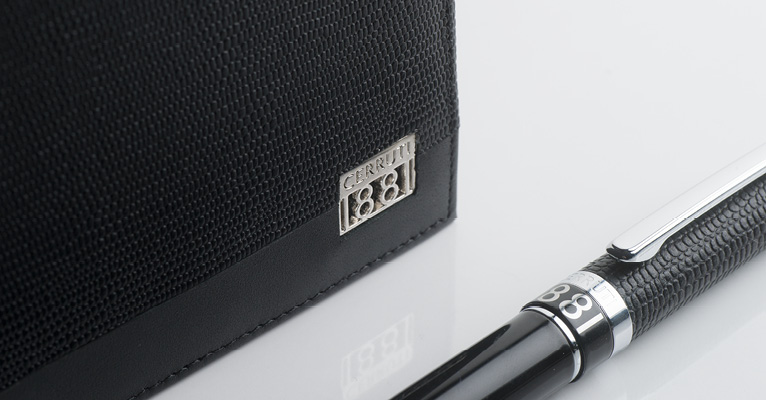
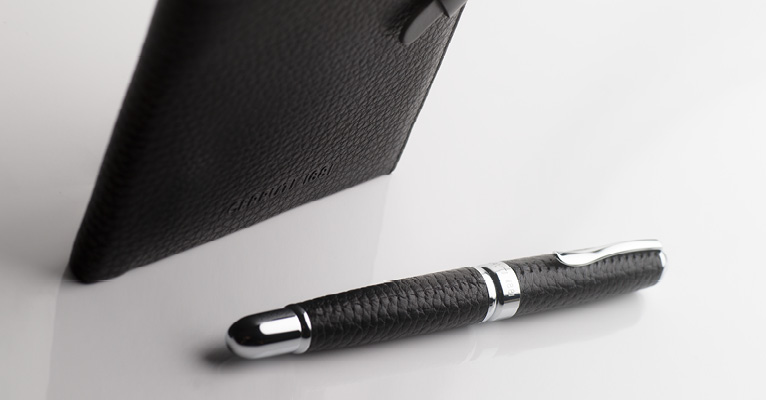
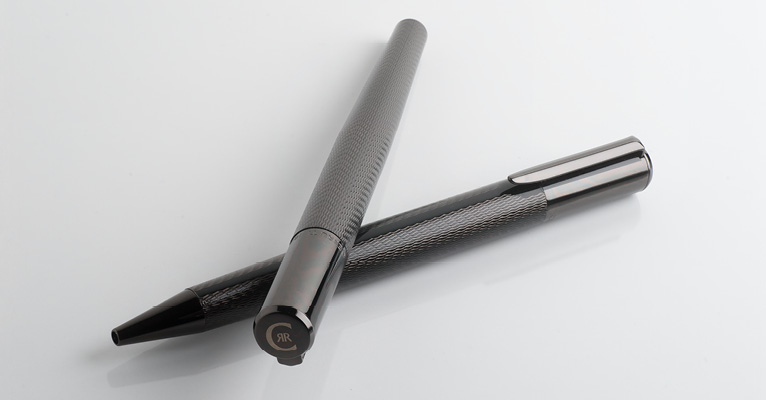
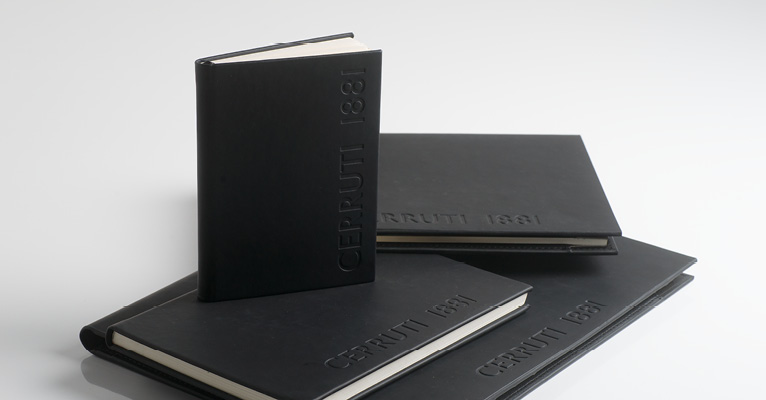
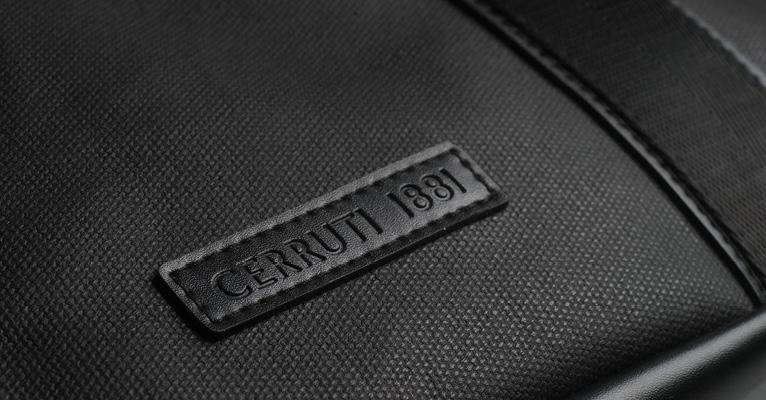

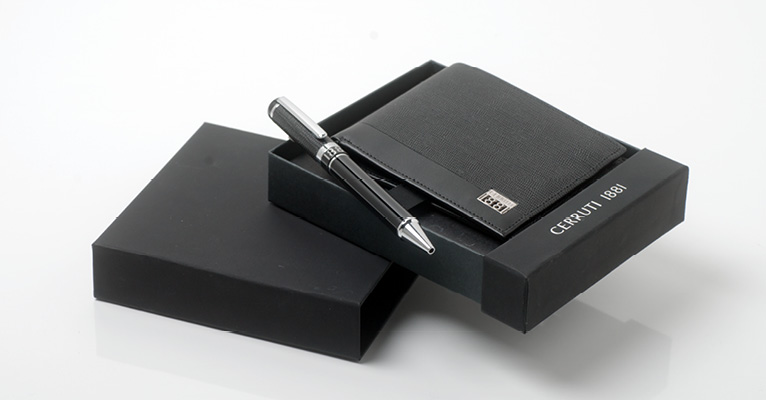
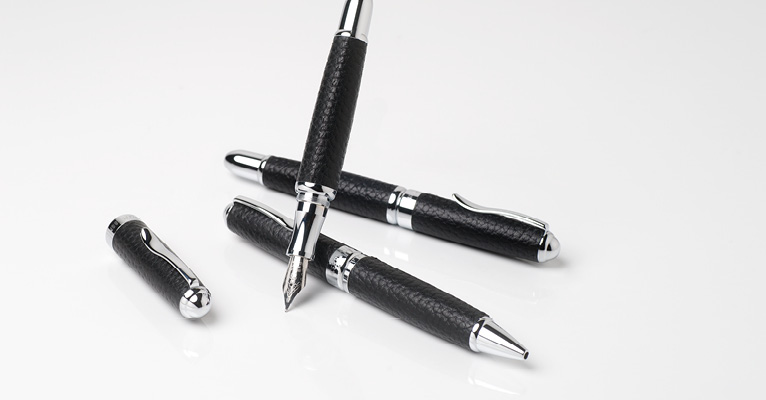

Since its beginnings in 1881, when Antonio Cerruti (Nino’s grandfather) founded his first weaving workshop in Biella, Italy, and until achieving lasting international status as a major fashion brand, Cerruti 1881 has continued to embody quality and style, craftsmanship and technology. Over the decades, Cerruti 1881 has shown that good modern styling should not just be desirable and inspired, but also innovative and sumptuous.
Today, Cerruti 1881 produces ready-to-wear lines for men carrying the “CERRUTI 1881 Paris” label (fashion trend and innovating), “CERRUTI 1881” label (classic and elegant, formal and casual chic), as well as fragrances, leather goods collections, watches, jewellery, eyewear (sunglasses and corrective eyewear), ties, shoes and writing instruments, as well as a casualwear range and jeans for men and women under the 18CRR81 CERRUTI label.
Elegance, luxury and quality are still the bywords of the House, whose style has today become a leading reference in the fashion world. Always at the forefront of textile innovation, avant-garde, yet timeless, the ‘Cerruti 1881’ style is in a class of its own: lightweight, fluid, crease-resistant. The sense of design and the search for increasingly sophisticated fabrics contribute to the natural elegance of the label.
The brand’s CERRUTI 1881 collections are aimed at men who care about looking their most elegant and for whom the quality of fabric and finishing details are essential.
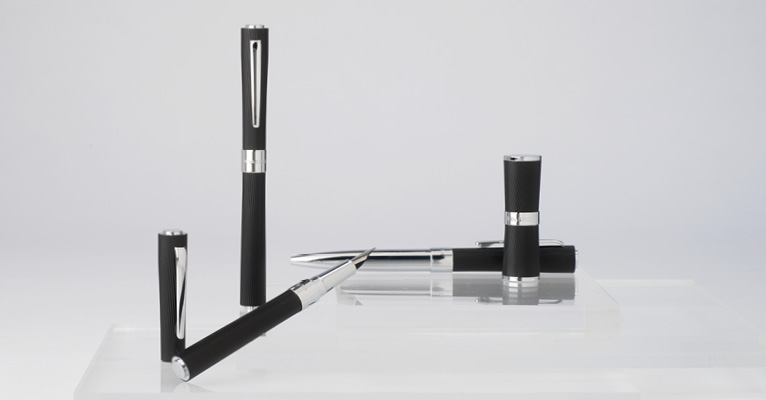
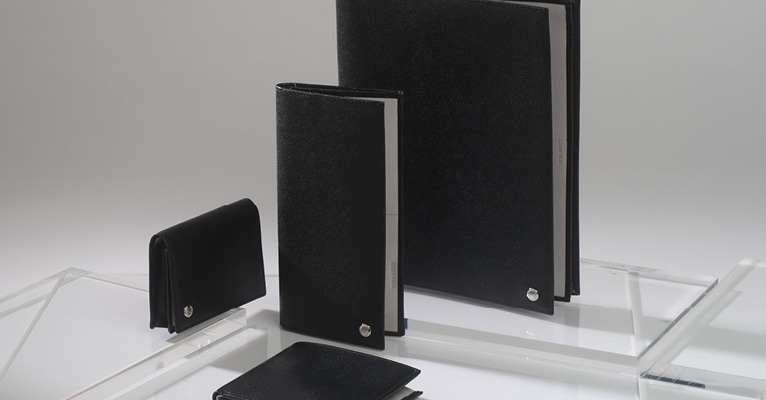
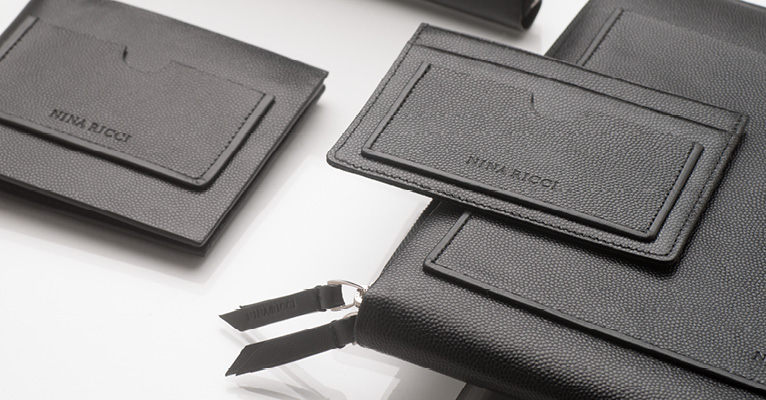


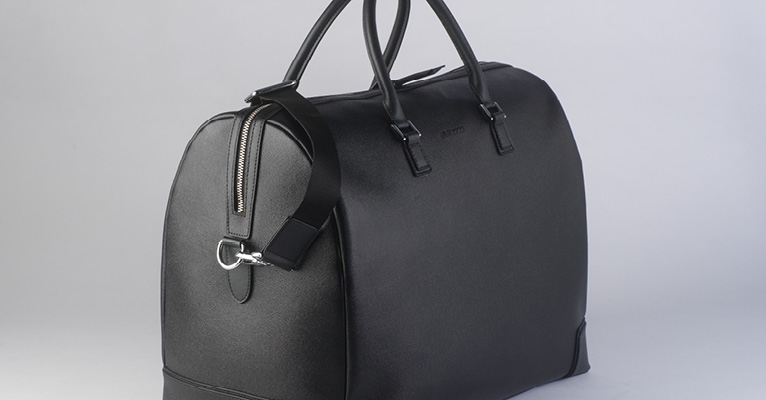

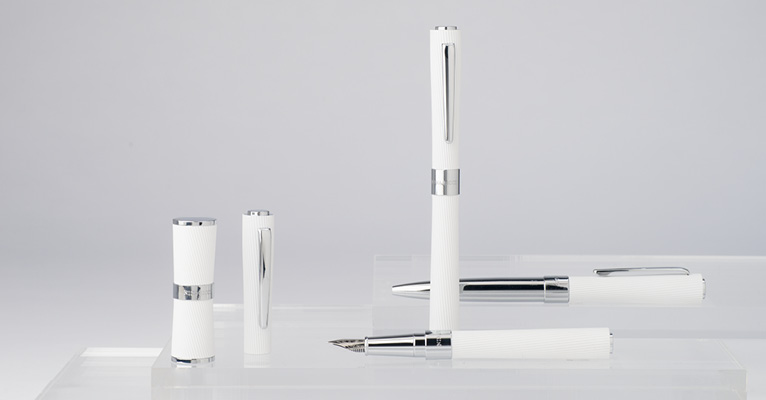
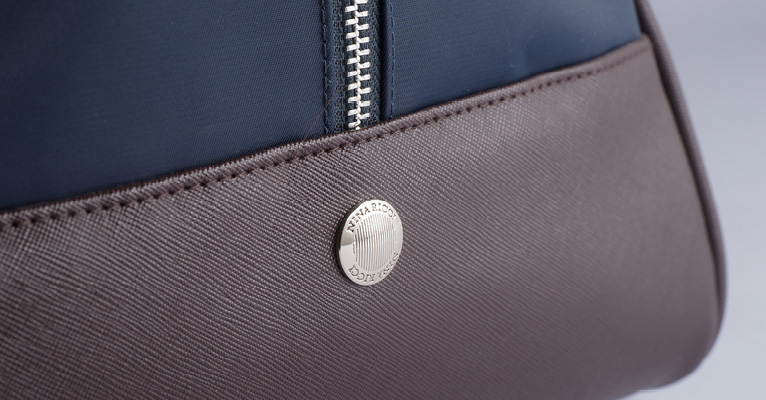
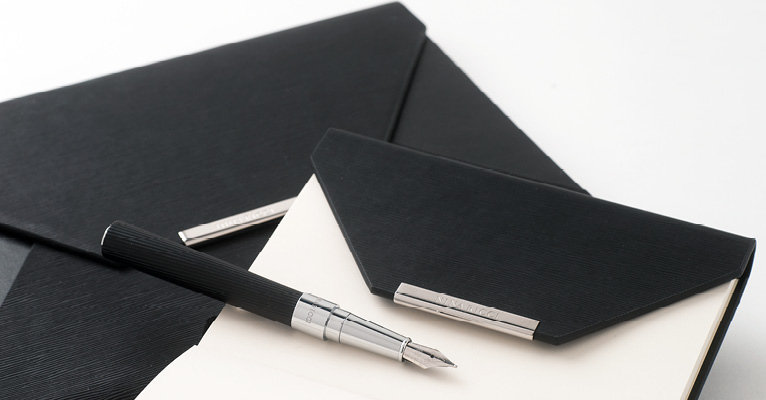
In 1932, Nina Ricci established her Parisian couture house. A hallmark of elegance, it would become famous for representing femininity via a sophisticated luxuriousness yet intentionally relaxed style.
By combining sumptuous materials with soft draping, tailoring and her ability to capture the essence, Nina Ricci became synonymous with contemporary fashion. Her main goal was to channel the personality of every woman; proposing a classic wardrobe that favoured naturalness over ostentation.
Masculine products have always been part of the Ricci universe, notably with the Ricci Club boutique, on François 1er Street and the 1989 success of the “Ricci Club” perfume.
Born in Turin in 1883, Nina Ricci moved to Monaco with her family. She then settled in Paris, where she spent 20 years refining her art as a couturier and developing her unsurpassed technical expertise. Steeped in Parisian savoir-faire, she pursued her mission to make women look beautiful with a youthful sparkle. When wearing her designs, they appeared subtly fresh and graciously composed; not unlike a flower in bloom.
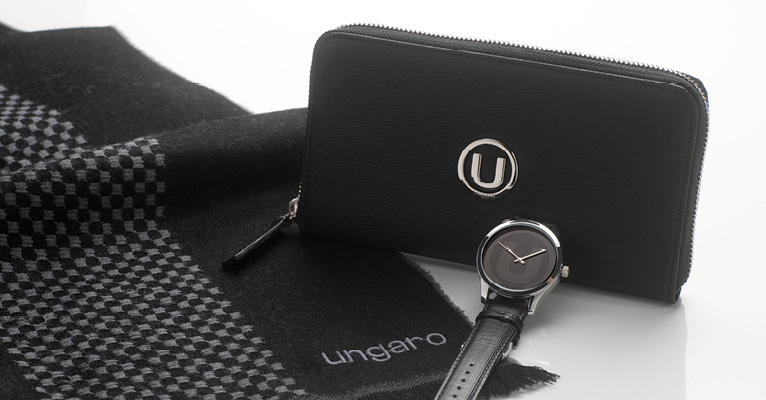

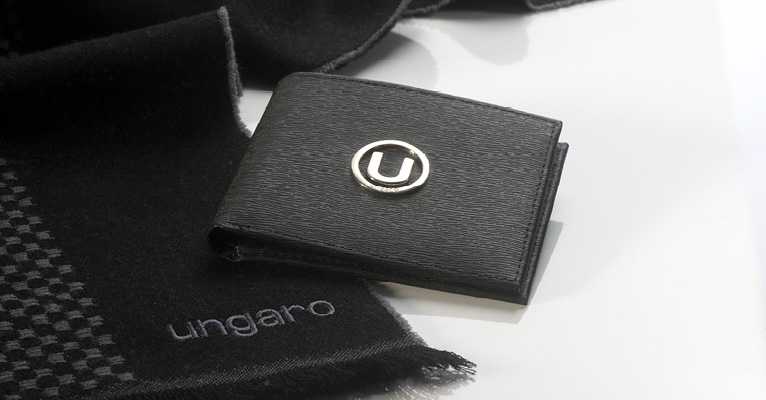


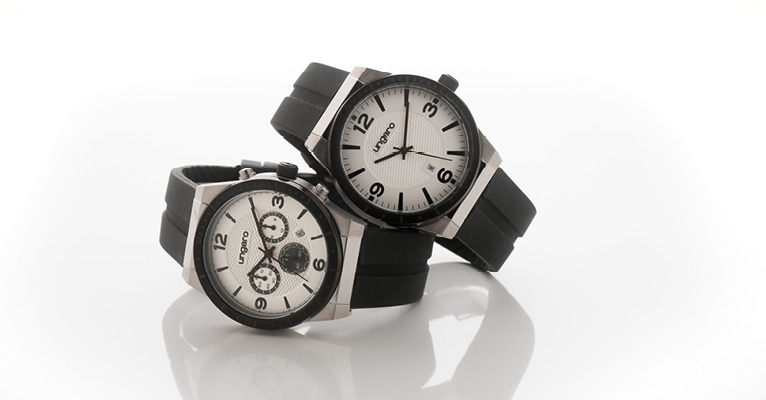
Nobody should tell the story of the Fashion House Emanuel Ungaro without starting with its founder Emanuel Ungaro.
From the age of 5, Emanuel played with the sewing machine, the whole family’s work tool.
This provincial life provided him later with the key to his future trade and introduced him to a lifestyle embracing painting and music that has followed him throughout his life.
Bolstered by his exceptional creative talent, Emanuel moved to Paris at the age of 22 and started his apprenticeship alongside
the Spanish designer, Cristobal Balenciaga. This period taught him rigor, perfection and the eternal search for an ideal in the silence required by the demanding yet generous Master.
In 1967, he decided to move his ateliers to Avenue Montaigne. The head offices and flagship store still occupy the same Haussmanian building.
Emanuel Ungaro acquired international fame through his incredible sense of colour and mix of unexpected patterns, by the purity
of his shapes and the insolence of the details.
Today the house Emanuel Ungaro has a new owner. It is now present on all international markets : first of all Europe, cradle of the brand, but also the United States and then Japan were conquered by the brand’s style.
Then came the accessories, essential instruments to the brand development. This collection privileges shapes and refined details, developed into models intended for active and modern men, whilst attached to the tradition of Ungaro luxury.


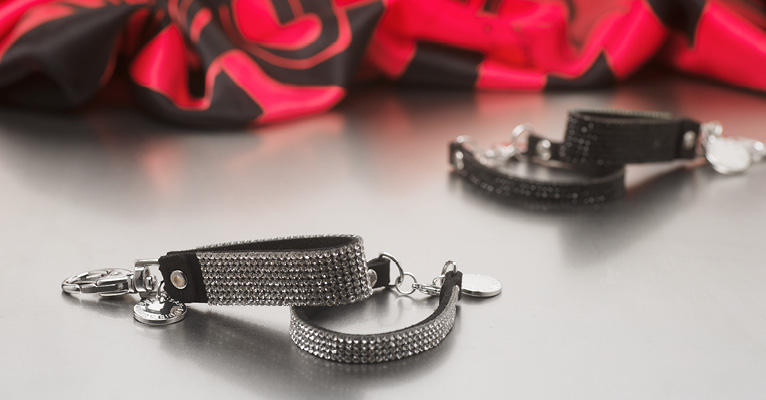

1962
The creation of the House of Jean-Louis Scherrer by Mr Jean-Louis Scherrer, located at the 182 rue du Faubourg Saint-Honoré in Paris. This former classical dancer had obtained a diploma from the Chambre Syndicale de la Couture Parisienne and had then been trained in the excellence of couture and the very Parisian elegance by his master Christian Dior.
1971
Jean-Louis Scherrer moves to 51 avenue Montaigne and launches a ready-to-wear line, Jean-Louis Scherrer Boutique, headed by the couture house. His prestigious address becomes a lavish kingdom “where everything evokes fluidity, softness, and virtuosity… and is inspired.” Jean-Louis Scherrer’s jackets and draped cocktail dresses in animal prints, floral and spotted prints become classics.
1979
The house launches the first fragrance, Jean-Louis Scherrer, followed by two others, Scherrer 2 (1986) and Nuits Indiennes (1994). The house dresses the greatest names: the Kennedy family, Sophia Lauren, Raquel Welch and many more.
1992
Erik Mortensen is named artistic director.
1999
The House Jean-Louis Scherrer launches a new ready-to-wear line for men.